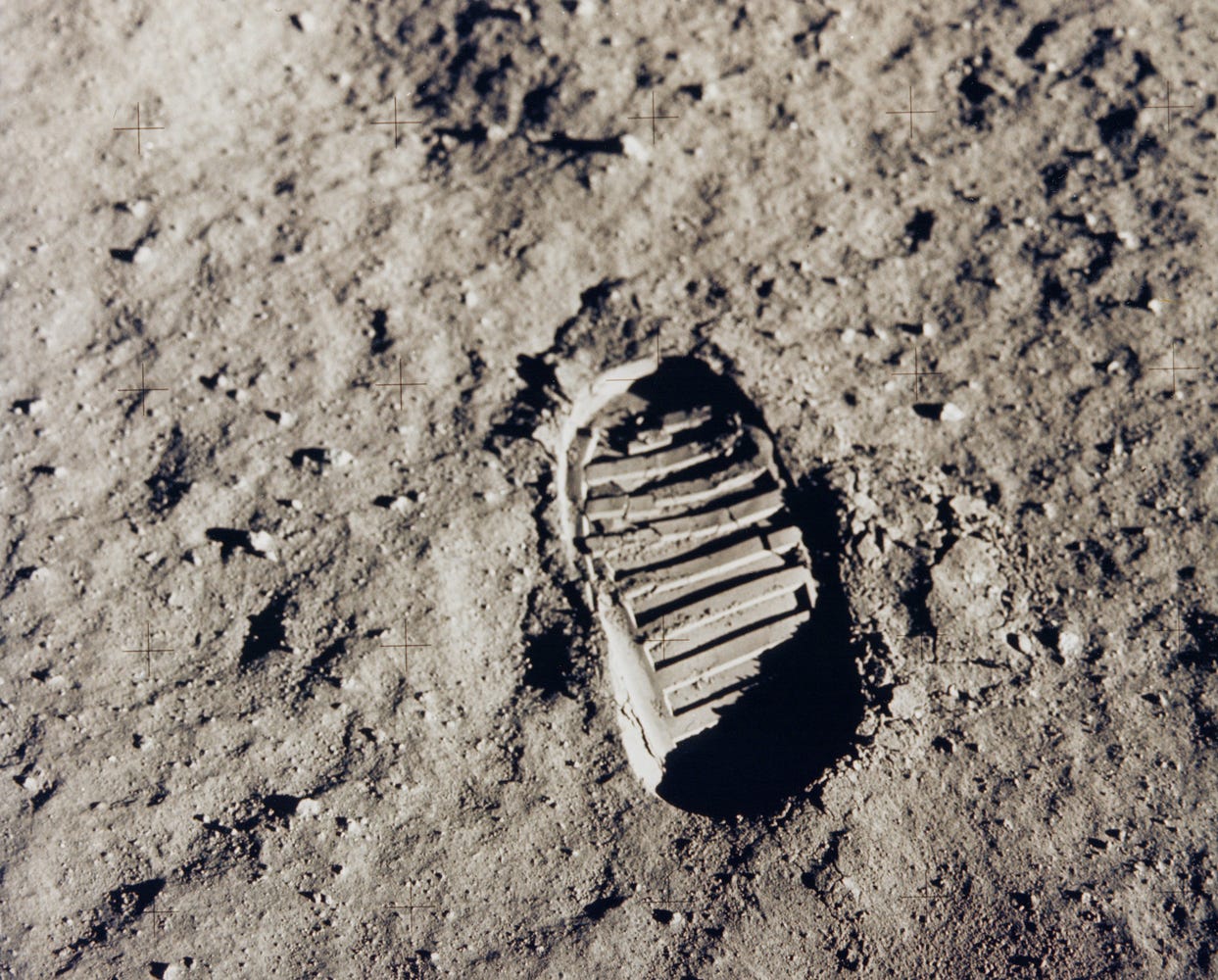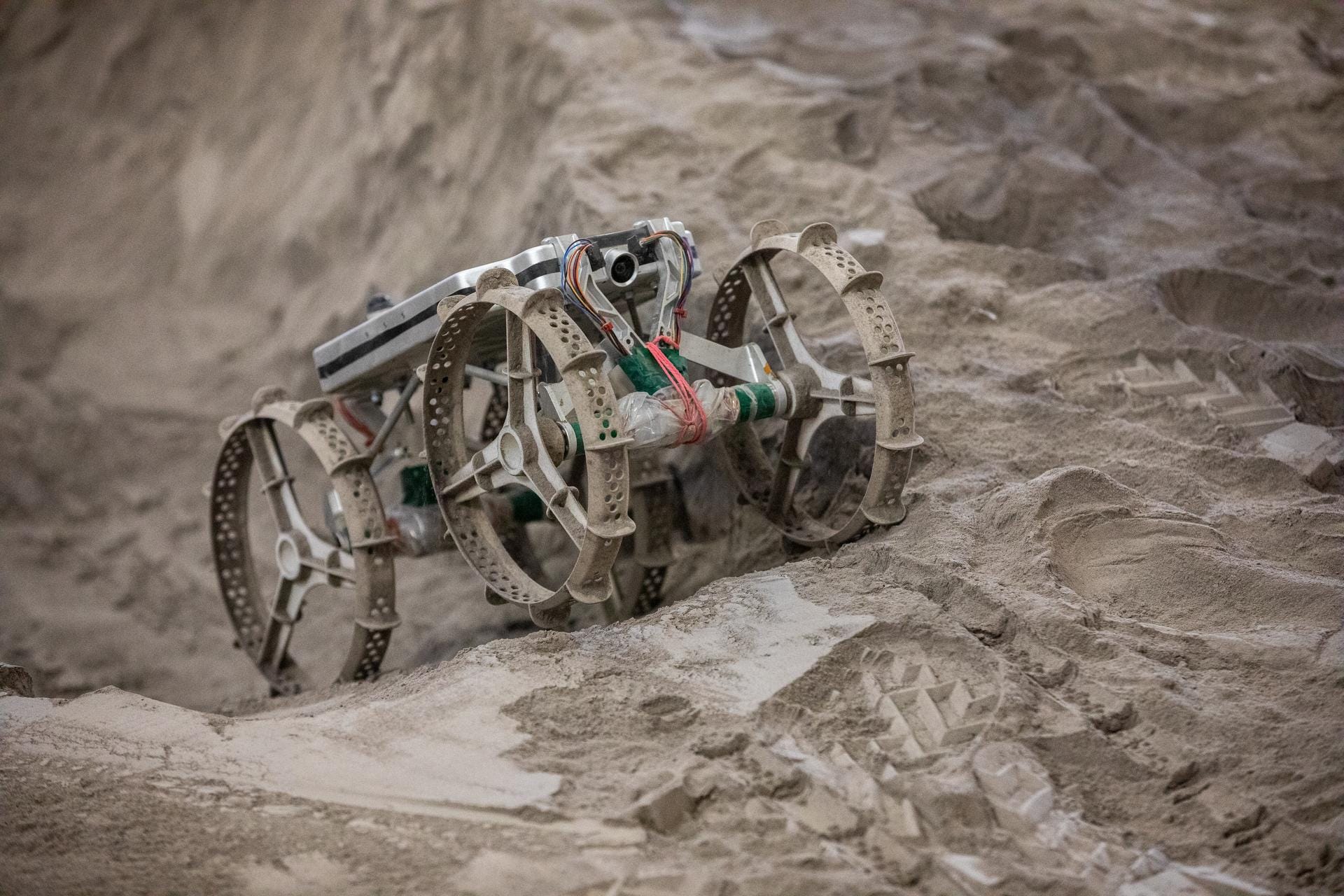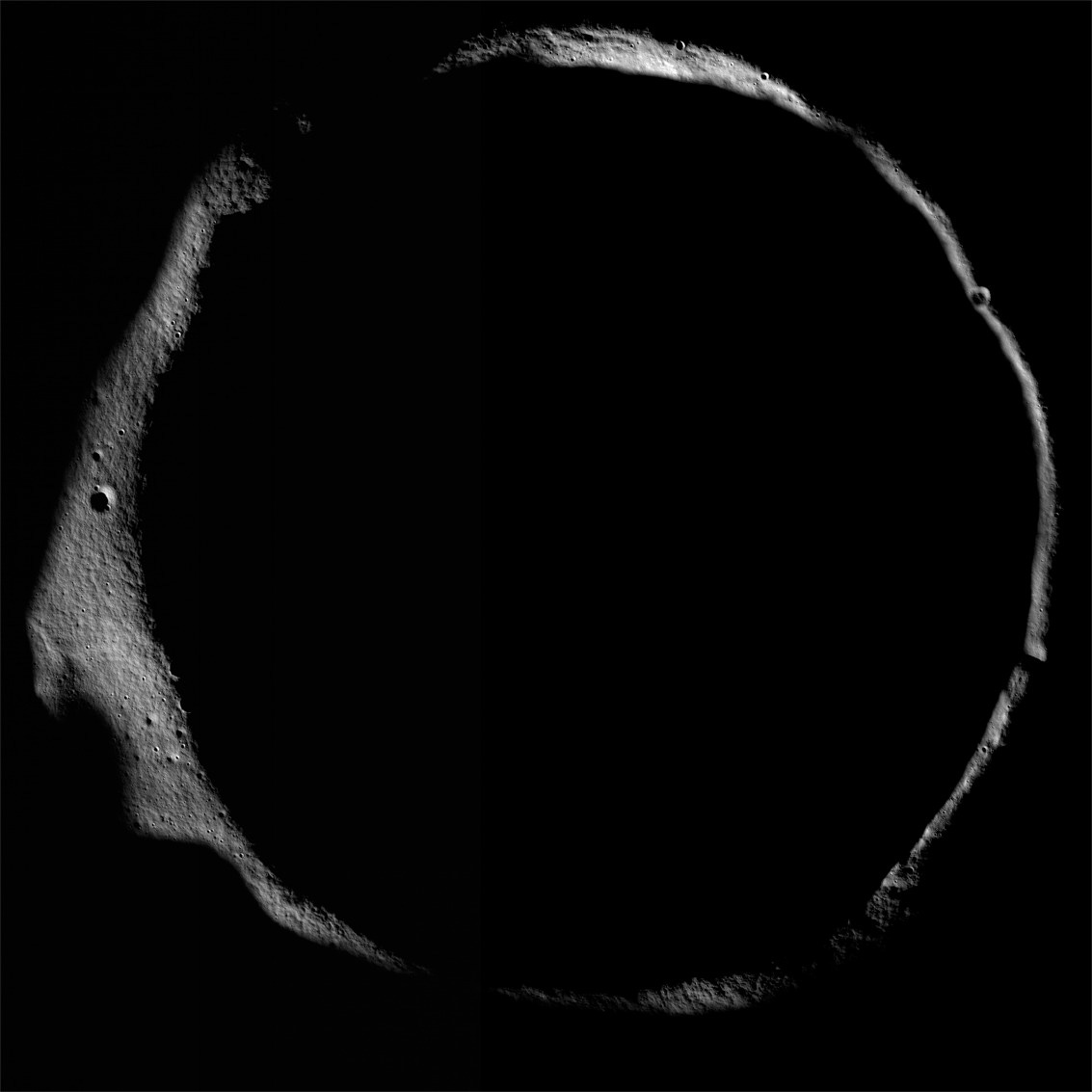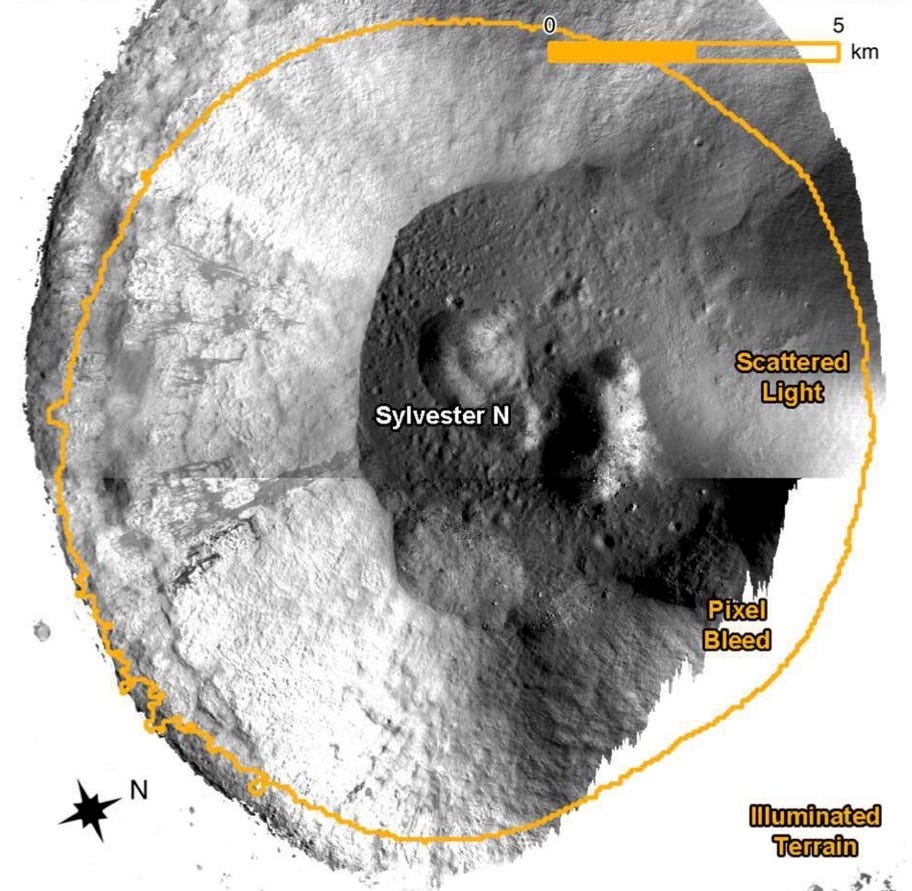Moon Monday Issue #8
Preserving Apollo sites now law, Astrobotic tests CubeSat rover, planetary protection for the Moon's poles, and more developments in the lunar space.
Highlight

Preserving Apollo landing sites isn’t just a good idea, it’s now becoming law. On December 31, 2020, the President of the United States signed into law the “One Small Step to Protect Human Heritage in Space Act”, which requires NASA to add recommendations for its commercial and international partners to prevent future lunar activities from harming historic Apollo artifacts.
A notable advocate of this effort has been For All Moonkind, a non-profit founded in 2017 with an organizational goal to protect such heritage sites. This formal recognition to protect historic Moon sites goes in line with NASA’s related intent in Section 9 of the Artemis Accords.
Exploration
As a philosophical extension of NASA’s CubeSat Launch Initiative, the agency had awarded a $2 million ‘Tipping Point’ contract to Astrobotic in November 2019 to ready its lightweight CubeRover for Moon exploration as early as 2022. Now, Astrobotic in collaboration with NASA’s Kennedy Space Center announced successfully testing a CubeRover inside a 120-ton lunar soil simulant testbed. The four-wheeled rover weighing about four kilograms performed more than 150 mobility tests (short sneak peek video). Astrobotic will apply learnings from these tests to improve the rover’s wheel design.

As the latest addition to their Computational Tools, LPI has added a new student-developed tool which can be used to determine if areas and specific patches on the lunar poles are illuminated at any given time. The tool accounts for illumination changes that take place due to lunar seasons.
Repost from Issue #2 for new subscribers: NASA is looking for ideas for its Break the Ice Challenge on how to excavate icy regolith from ultra-cold permanently shadowed regions on the Moon’s poles and deliver it to a hypothetical processing plant nearby. A total amount of $500,000 will be awarded to the top concepts, and they’ll qualify for another round. To participate, register and submit your proposals by June 18, 2021.
Science
On NASA’s request, the United States Committee on Planetary Protection has published a report on the possible impact of human activities on the Moon’s poles with the following highlights.
- It identifies a knowledge gap in the chemical nature of permanently shadowed regions.
- It acknowledges the potential scientific value of permanently shadowed regions from a prebiotic chemical evolution standpoint.
- It considers the potential threat of organic and biological contamination due to human activity in future missions.
NASA’s VIPER rover, planned for delivery to the Moon in 2023 by Astrobotic, will be the first major step towards characterization of volatiles at the lunar poles, and will help develop any planetary protection requirements for future human lunar missions.

Permanently shadowed regions may not be directly illuminated by the Sun, but they’re still dimly lit due to sunlight scattered by nearby terrain, faint light from other stars and ultraviolet light in the interplanetary medium. A new study says that scattered sunlight coming out of permanently shadowed regions is brighter than reflections from other sources, and that its ultraviolet component is strong enough to be remotely sensed by future orbiters with relevant instruments to adequately map the region.

A nice article giving an overview of unique solar science that can be done from the Moon, including a mention of the LEXI X-ray telescope flying on a robotic NASA lunar surface mission within the next two years to study the solar wind’s interaction with the Earth’s magnetic field.
More Moon
Scientists Addie Dove and Phil Metzger appeared on the Are we there yet? podcast to talk about their recent successful NASA-funded test to understand exactly how landing spacecraft will blow dust on the Moon. Knowing this is critical to protect future surface assets, habitats and even low-flying orbiters from its effects. Related: SpaceNews coverage from the recently held NASA workshop on lunar dust and its impact on human exploration.
Send your hopes to the Moon. The Readiness Institute is collecting messages of hope from students, educators, and people globally until January 22, 2021 to send them to the Moon. These messages will be on a SD card inside a durable capsule and delivered to the Moon’s surface on Astrobotic’s first mission in late 2021.
Like my work? Support me.
